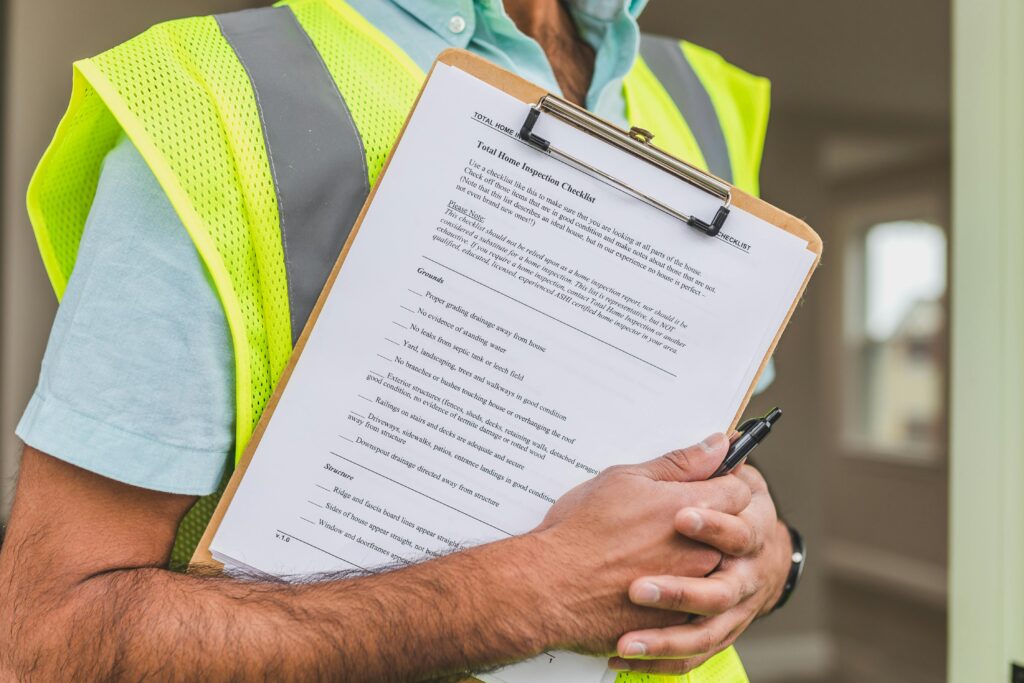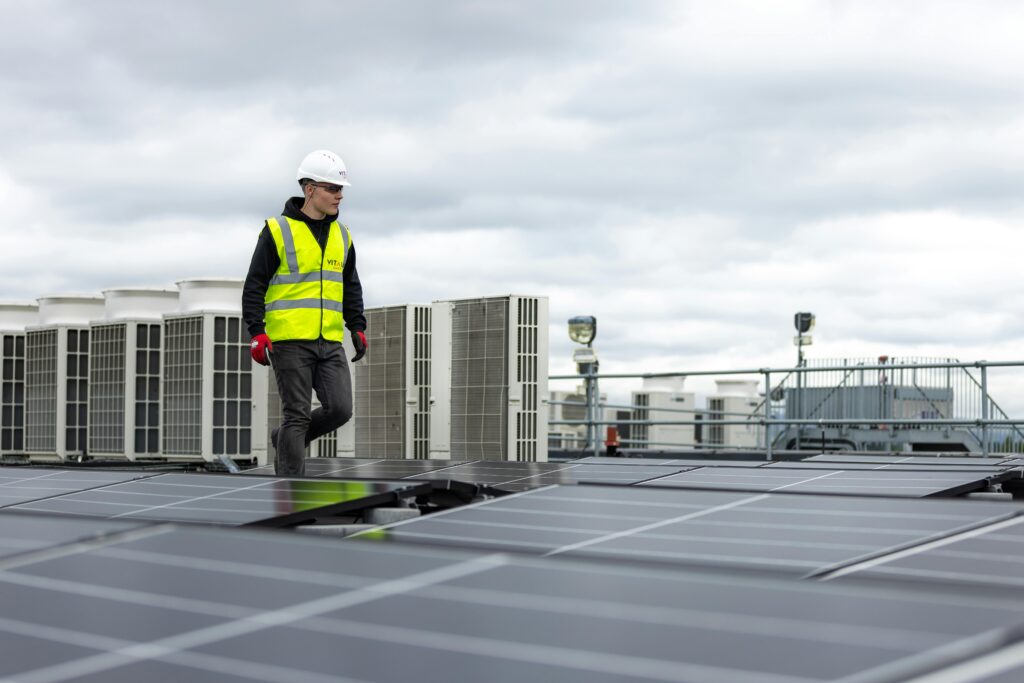Thermoplastic polyolefin (TPO) is a type of single-ply roofing material for flat and low-slope commercial roofs. You may have seen TPO as a white membrane on flat commercial buildings. However, TPO also comes in other neutral colors and even black.
Although it’s a relatively newer roofing material, TPO has been used in commercial roofing applications for the last 30 years. Recently, it has grown in popularity. The following are some of the top pros and cons to consider when thinking about TPO for your roofing system.
Pro: Tpo is Flexible
One of the best advantages of TPO is its flexibility. TPO is more flexible than other single-ply materials, including EPDM and PVC. This makes it easier to install, especially around any pipes or vents on your roof. Its flexibility also gives it better weather resistance. TPO can expand and contract without tearing in both hot and cold temperatures for better durability and lower maintenance.
Con: Not All Materials Are Equal
Since TPO is a newer roofing material, it’s essential to use a reputable manufacturer to ensure you’re getting a high-quality roofing product. Not all TPO roofing products are made to the same standards, meaning you could end up with a lower-quality material. However, by working with an experienced roofer who uses high-quality products from trusted brands, you can ensure you get a TPO roof that lasts.
Pro: A TPO Commercial Roof is Energy-efficient
TPO offers excellent energy benefits for commercial buildings. TPO is what’s known as a “cool roof”. It reflects ultraviolet (UV) rays from the sun to keep your building and roofing system cooler. This means TPO can help control energy costs in your commercial property. Since the roof itself will be cooler and not absorb heat, it’s less susceptible to heat-related damage that can shorten its lifespan.
Con: May Be Prone to Leaks
Since TPO tends to come in smaller rolls, they have more seams, which means more potential for leaks when the roof is damaged. Fortunately, if you have your TPO roof installed by an experienced commercial roofer, you can minimize any potential for leaks. Regular inspections and maintenance can also ensure the seams of your flat roof are in good shape to prevent water damage.
Pro: Easy to Keep Clean
TPO is relatively simple to clean and maintain. To keep it clean and reduce debris buildup, use a non-abrasive cleaner and a pressure washer set to the lowest setting. Clean with a gentle scrub brush, and then rinse. Since TPO is popular in neutral colors, it can help create a cleaner, neater look for buildings when properly maintained. TPO may also be available in a darker shade for a more discreet rooftop to fit your building’s aesthetic.
Is a TPO Commercial Roof the Right Choice?
You have several options for your commercial roofing material, but is TPO the right decision for your property? CDS Roofing can help you decide if TPO is the best material for your building’s roof. Contact us to book an estimate today.




